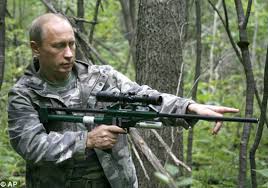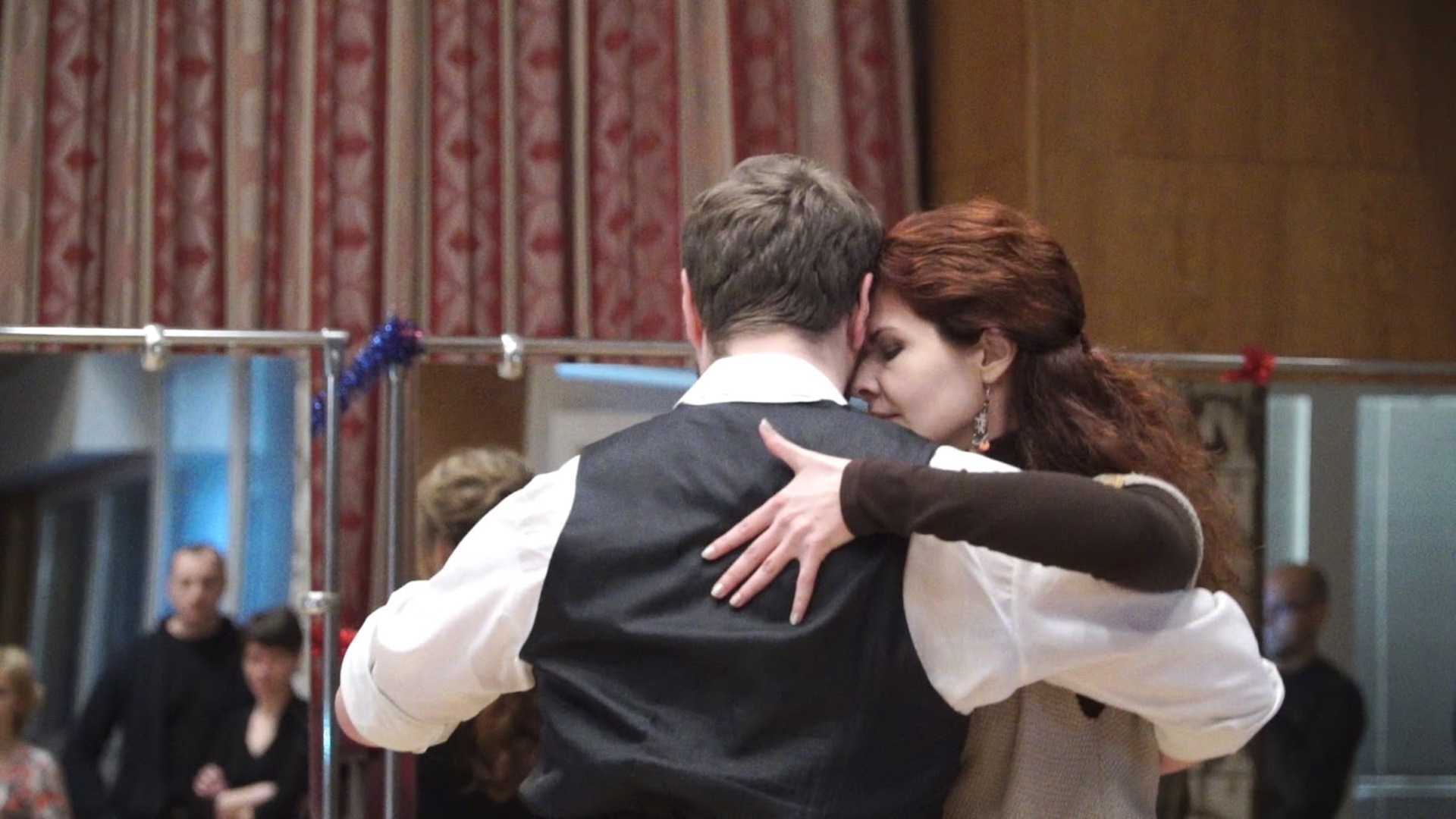by Taras Klochko
In the capital of Mongolia, Russian President Vladimir Putin announced his conditions for a ceasefire in the Donbas, which are more like a trap than any attempt at the peaceful resolution of the conflict.
As previously reported, the information on the proposed ceasefire appeared Wednesday morning, September 3, on the official website of the President of Ukraine.
Espreso.TV has already written on what a ceasefire on the occupier's terms really means for Ukraine. Later, Russia's president announced the specific points required to have the Russian army implement a ceasefire -- an army, which according to Putin, is not even in Ukraine.
Here we will list all of Putin's points in their entirety with an explanation of their meaning.
1. Cessation of all active offensive operations by Ukraine's armed forces and armed militia groups in the southeast of Ukraine in the direction of the Donetsk and Luhansk oblasts.
In his first point, Putin essentially demands the recognition of his control over Donetsk People's Republic (DNR) and Luhansk People's Republic (LNR) in their current borders -- in other words, the actual occupation of a part of the Donbas.
2. Withdrawal of Ukraine's military law enforcement units to a distance that eliminates any possibility of shelling by artillery and all kinds of multiple launch systems.
Ukraine's agreement to this point would signify that it essentially accepts Russian lies that the Ukrainian military are firing on civilians. The absence of any possible response by Ukrainian forces would allow the occupiers and collaborators of the DNR and LNR to carry out any actions whatsoever in the occupied territories.
3. Establishment of complete and objective international control over the conditions of the ceasefire and the monitoring of the situation in the security zone.
Naturally, Putin will demand the presence in the Donbas of his own "peacekeepers," and at least the participation of the Russian military in the international peacekeeping forces. Moscow would never agree to any other terms. As for the international observers, Putin will insist on his own fifth column of representatives of the European extreme right parties -- exactly the same "international" observers we have already seen during the "referendum" in Crimea.
4. Prohibition of any use of military aviation against civilians and populated areas of the conflict zone.
With this option Putin forces Ukraine to willingly give up the only advantage it has in the war in the Donbas. Russia has so far used its own aviation to a limited degree. In complying with these conditions, any attempt by Ukraine to fly its own planes would be considered breaking the "peace plan"
5. Organization of the exchange of persons forcibly detained according to the formula "all for all" with no preconditions.
It is not clear if Putin will agree to release, according to the "all for all" plan, the Ukrainian prisoners who had been illegally transported to Russian territory, such as the aviator Nadiya Savchenko.
6. Opening of humanitarian corridors for the movement of refugees and the delivery of humanitarian aid in the cities and other populated areas of the Donbas -- the Donetsk and Luhansk oblasts.
What Putin's "humanitarian shipments" mean has been realized worldwide. With the help of painted KAMAZ trucks he will be able to easily bring anything he wants into the Donbas and by the same token to take anything out, including equipment from the Luhansk and Donetsk plants, as had occurred during the first "humanitarian" convoy.
7. Ensure access and support for repair crews in the affected localities of the Donbas for the restoration of destroyed social and vital infrastructure.
Putin does not specify who exactly is supposed to restore the infrastructure of the Donbas that had been destroyed by Putin's terrorists. However, there can be no doubt that the president of the aggressor country will insist that Ukraine must restore the Donbas at its own expense. Everything else, again, will be considered a violation of the "peace plan."
So the Putin "peace plan" looks quite disturbing and generally follows the intended outline of the planned "Bosniazation" of Ukraine, which is absolutely unacceptable.
[hr]
By Taras Klochko, Espreso.TV, September 3, 21014
Translated by Anna Mostovych





